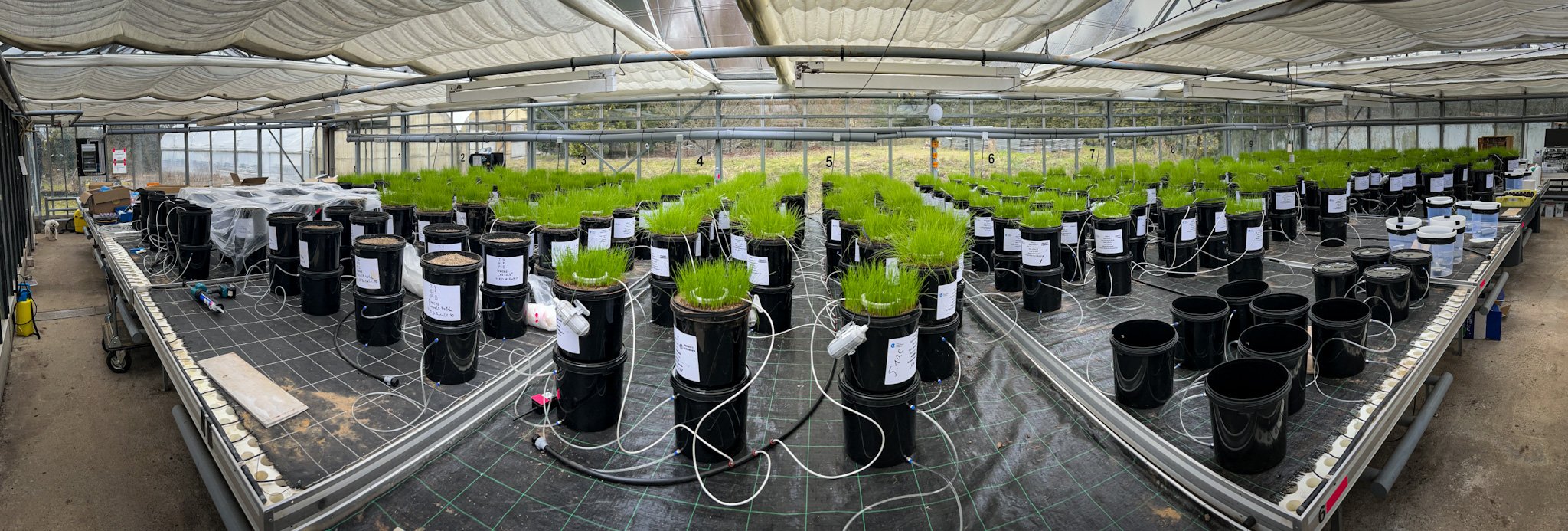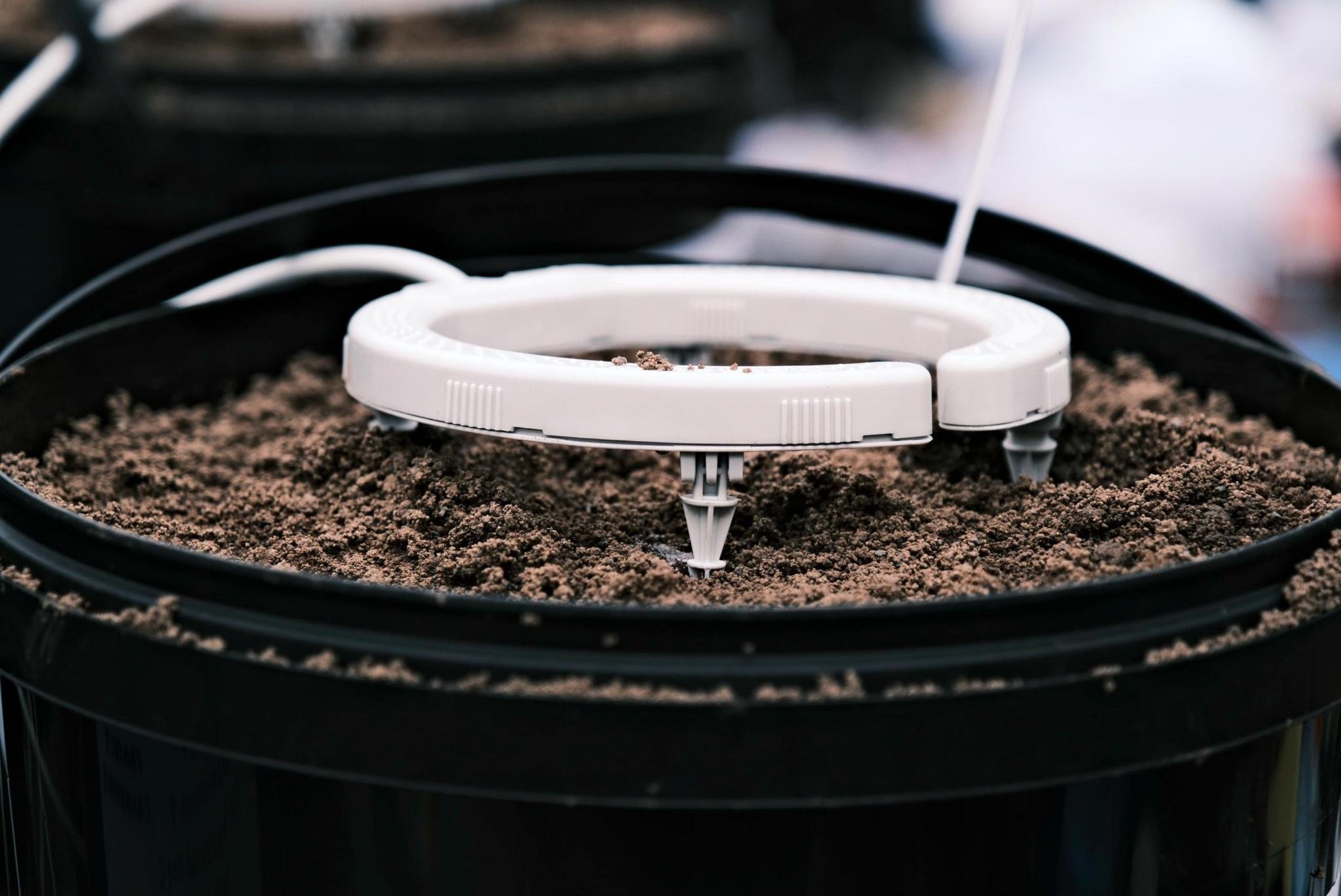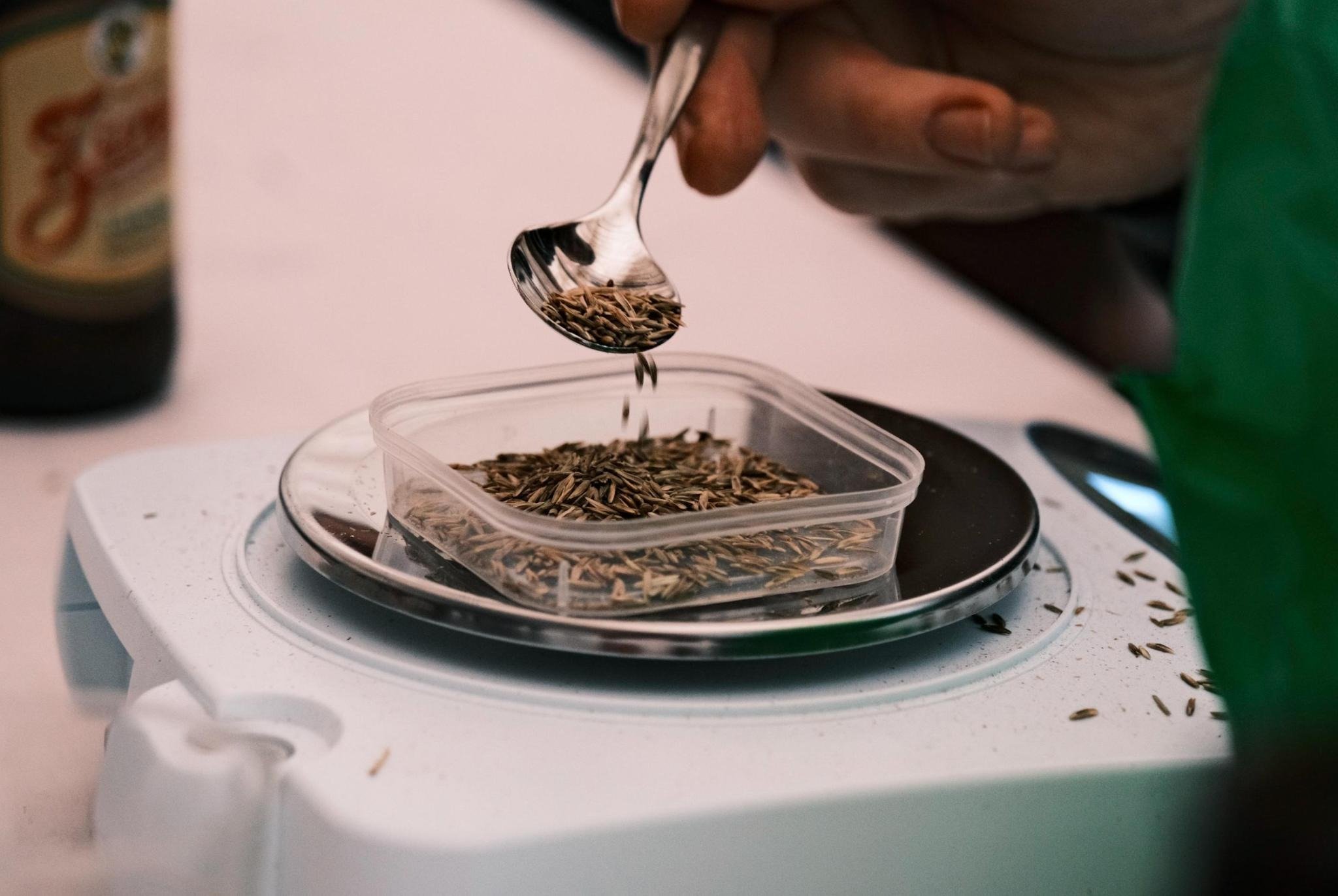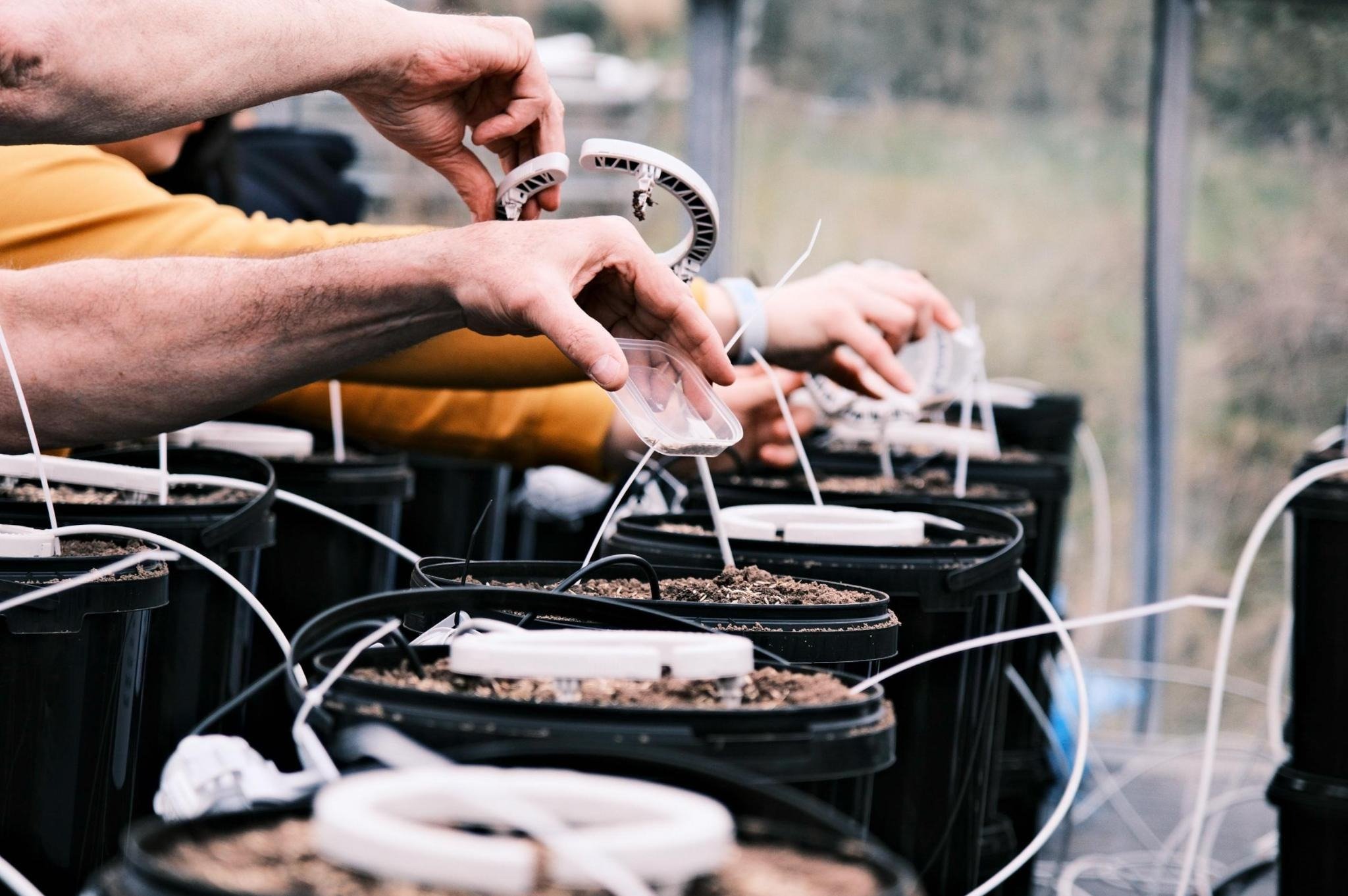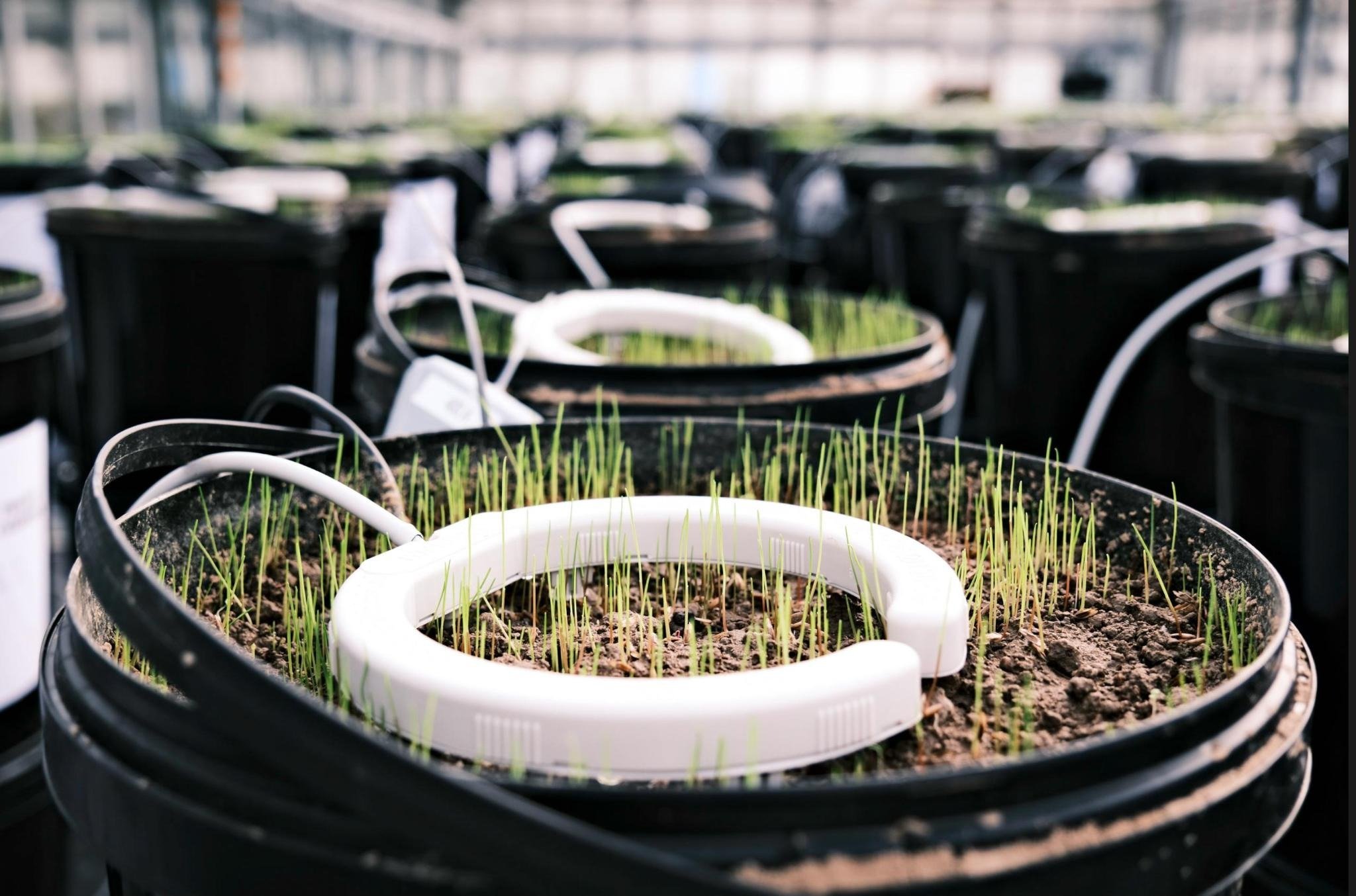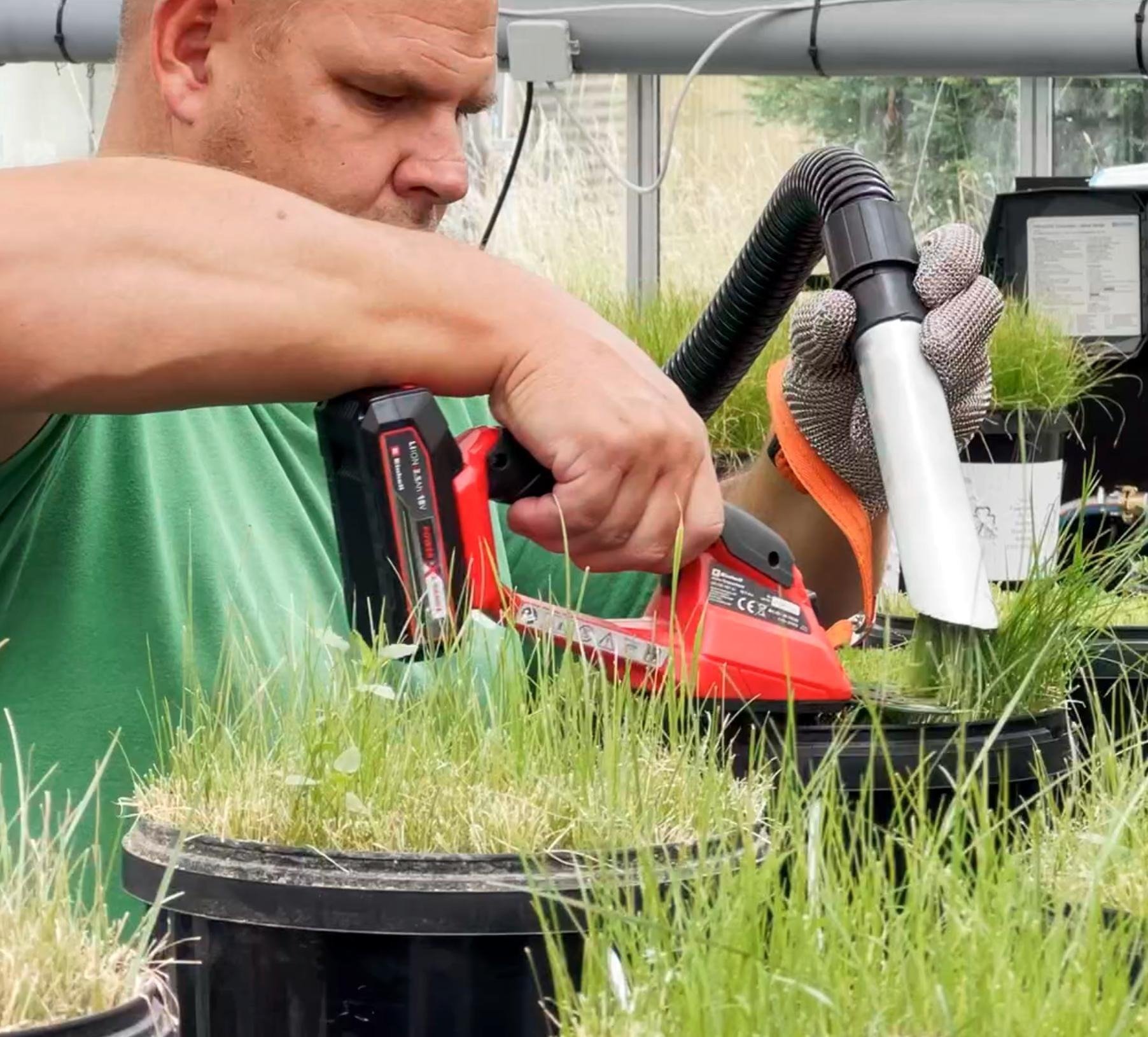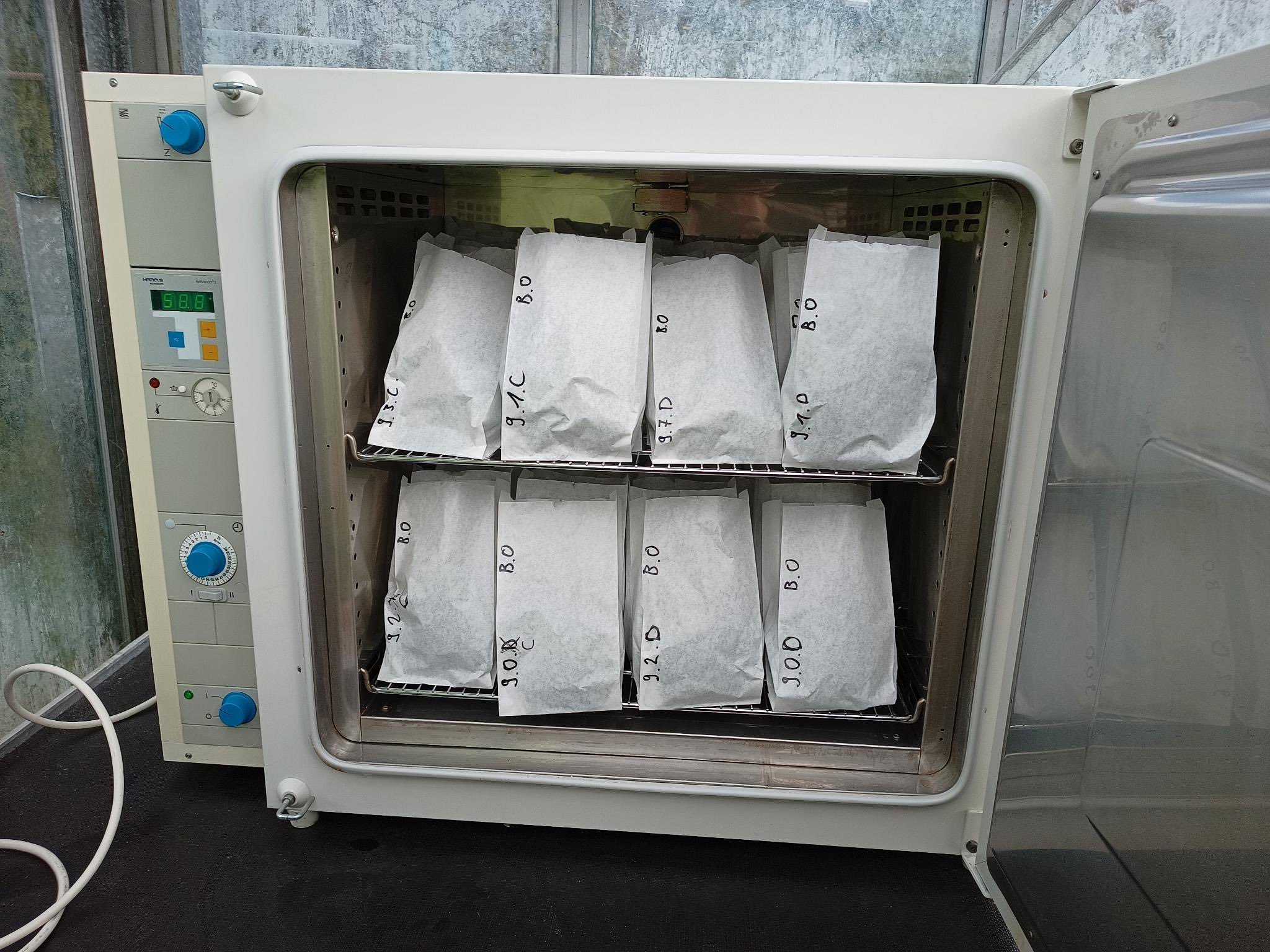Data from the Greenhouse Experiment, Part 1: Biomass
We are on a quest to measure and quantify enhanced weathering of rock dust on soil. To achieve this we set up an extensive greenhouse experiment in January 2023 which hosts up to 400 lysimeter experiments. The experiments are using 15 soils and 11 rock dusts in up to 100 variations with 4 replicas each. Read what happened since January and how we manage the ambient climate to maximize the weathering signal.
One of the metrics we are measuring is the change in above-ground biomass that may be caused by adding rock dust to the soil. This article shows this data for the first 6 months of the experiment.
To receive the next update of this story, please subscribe to our newsletter.
Notes
Note 1: The following data is obviously limited to our choices of German soils, rocks and greenhouse ambience as well as the short term (6 months). Even though our rock/soil combinations are diverse and should give us a first order of understanding, the absolute numbers may or may not be applicable in other situations or in outdoor settings.
Note 2: This article is written from the perspective of a data scientist (“WHERE is the signal?”). It is not written from a scientific perspective (“WHY is there THIS signal”). This will need to be done later with even more data.
Note 3: Several scientists as well as practitioners (from rock weathering companies we work with) have reviewed this blog post before publishing, but this document has not been formally peer-reviewed. We decided to go for direct publishing on our blog because a formal scientific publishing process with proper peer-review would take at least several months and the climate does not have this time.
The plants
We are using grass (Lolium perenne) as plants in our experiment because we needed a plant that
1. could stay in the pots for 2-3 years, the time our experiment is designed for and
2. that could be easily cut without affecting the plant life too much.
Each pot was seeded with the same weight of seeds. All pots have received the same amount of water (accurate drip system) and light and all have experienced the same environmental conditions.
The harvest and the collection
About once per month the grass is cut and collected. We use an Einhell battery powered grass cutter together with a Kärcher vaccuum cleaner connected to a ash separator to collect the grass. If other species than grass pop up we cut them down/remove them, but keep their biomass in our bags, too. We store the biomass of each cutting event and for each pot in an individual paper bag. In a laboratory-class oven the bags are dried for several days at 40°C and then they are stored in large boxes with humidity-absorbing material. Finally we have weighed all paper bags with the hay belonging to one pot together using an exact scale and subtracted the weight of the paper bags.
The soils and rocks
The following data shows the results for 4 different soils. One soil from our experimental field in Fürth and three soils (2.1, 2.2 and 6S) from LUFA. There is a detailed data sheet for the LUFA soils. We have amended Basalt (Eifelgold from RPBL), Diabas (Schicker), Dunite (Sibelco Olivine/Norway) and steel slag (Thyssen-Krupp), mostly at rates of 40 t/ha.
The data
Here is the result for the above-ground biomass of our experiments:
There is a more formal graph with error bars on the right (click to zoom in).
Sigma per 4 replicas is between 0.6 g and 1.9 g. For more than half of the variants (15 of 24) the change in biomass due to amendment of rock dusts is not significant. We can see that the biomass is highly dependent on the soil, which is no surprise. We can also see that the same rock dust does not have the same effect on different soils.
One rock dust, steel slag, stands out as it causes the highest increase in biomass on all soils. On LUFA 2.1 and LUFA 2.2 the amendment of Diabas causes the second largest biomass increase.
Let’s look at the data in a relative perspective, how much has the biomass changed compared to the control pots?
There is a more formal graph with error bars on the right (click to zoom in).
Only bars that stick out of the gray area (1 sigma) can be regarded significant. First let us note that the effects of the different rock types on the biomass are largely different on different soils. On some soils, e.g. LUFA 2.1 and 2.2, the plants have profited from the fertilizing effects of Diabas, Dunite, Basalt and Steel slag while on other soils only a subset of rock dusts have increased the biomass growth significantly.
Side Experiment: ERW Companies’ Rock dusts
We are also running one table of 32 experiments with rock dusts from several rock weathering companies, including InPlanet, Lithos, Eion, UNDO, Silicate and others on Fürth soil. This experiment was set up a little later, the data shows the cumulated biomass of only 4 months (April-July).
We keep in mind that rocks’ effects are different for different soils, so these results are only for our Fürth soil. Again most experiments (4 of 7) show insignificant changes to the biomass compared to control, while some make it barely beyond the one sigma (6%) significance barrier: x.1 (Silicate’s waste concrete, IE) lowered the biomass, x.4 (Eion’s Sibelco rock dust, USA) and x.6 (rocks from Climitigation’s stealth ERW company) clearly increased the biomass already this early. This needs to be followed up further when more data is available.
Conclusion
For our specific experiment setup with our choice of rocks and soils over 6 months in a greenhouse we found:
The effects of rock dust on biomass growth is highly dependent on the soil type.
We did not see a significant change in biomass over the first 6 months for more than half of the variants.
Depending on the soil the rocks went from no significant change to doubling the biomass.
The median biomass increase of all experiments over 6 months (excluding steel slag) was +10%.
Steel slag has massively increased the biomass on all soils with an increase of plus 49% to almost triple the amount of the biomass of the control. But that doesn’t mean steel slag is the perfect solution:
Fun fact: When we initially set up the pots we also added 20 earth worms to each pot, but on the steel slag amended pots the earth worms crawled out of the pots in a matter of minutes -most likely because they got hurt by the sharp edges of the material, it’s like crushed glass (amorphous silicate).
Also steel slag comes with other potential issues: A recent study (Buckingham et al., 2023) about “enhanced weathering potential of natural & industrial silicates, & lime” concluded: “Despite its drawdown potential, steel slag addition is not advised because application raised the dissolved concentration of heavy metals in the soil.”
This data will be revisited when the first 12 months of grass have been harvested.
To receive the next update of this story, please subscribe to our newsletter.

